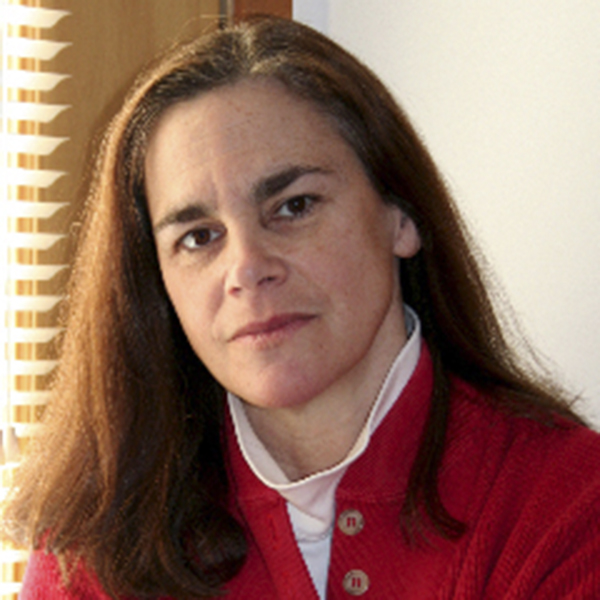

Last week’s panel discussion at The Watermill Center, in partnership with the American Institute of Architects New York chapter, featured a heady discussion on architecture. The program, “Architecture + The Axis of Time,” is part of the center’s Viewpoints conversation series, which offers those interested in the arts a forum to discuss themes fundamental to contemporary currents.
The discussion featured Watermill Center founder and artistic director Robert Wilson and architects Enric Ruiz-Geli and Roger Ferris.
Ruiz-Geli is the founder and principal architect in the Barcelona firm Cloud 9 Studio. He has collaborated on projects with some of the most well-known international figures in the arts and sciences.
Ferris, the founding principal of the architecture firm Roger Ferris + Partners, is known locally for the Topping Rose House in Bridgehampton as well as the clubhouse and accessory structures at the Bridge golf club. Ferris is also the secretary of The Watermill Center Board of Trustees and has developed the design of the center’s new Watermill Artist Residence in collaboration with Wilson.
Both architects have had long-standing professional relationships with Wilson who, as an avant-garde theater director, visual artist, and composer has received numerous awards in addition to being elected to the American Academy of Arts and Letters. Wilson began the program with a brief introduction to his background, first as a substitute teacher, then working in a hospital with people in iron lungs. His involvement in the arts also included performance pieces on Eastern Long Island in the late 1960s.
In the early 1980s the former Western Union research center in Water Mill had become a hulking relic in the landscape. Wilson purchased the property in 1992. He described its transformation into the renowned facility it is today. He also explained how he opened the center of the building on a north-south axis so one can walk directly through it. From the road the refurbished building can no longer be seen. There is no sign at the beginning of the long (gateless) driveway and yet that, too, is open to the world. Plantings have matured dramatically, especially over the last 10 years, to the point where the approach to the main building has been transformed into an otherworldly place.
As the program started, moderator Jillian Maxwell, also the center’s events manager, peppered the speakers with questions about their views on the connection between time and space in design.
Wilson talked about an assignment for students to draw a city in three minutes. He drew an apple and inside the apple a crystal cube to reflect the city and the world. He noted four guiding principles for his creative progress — to always look at the past as we go forward, the history of our community, to make it rich; and then look at the global community. Wilson works as an artist to question, “What is it?”
He quoted what the architect Louis Kahn said to his students: “Start with light.”
Kahn actually used light as a structural element in his buildings.
On the relationship between space and time, Wilson noted, “The axis of time is a line that goes to the center of the Earth, to space and to the heavens.”
Wilson also quoted a philosopher.
“Socrates said that the baby is born dreaming and that the learning process is the uncovering of knowledge,” he said. “We are constantly rediscovering when we are born knowing. To me, that is the classics. The baby is born dreaming. What is he dreaming?”
In regard to the late artist Donald Judd, whose works are among The Watermill Center’s collection, Wilson said: “In 500 years there’s a possibility we will be looking up at these sculptures. In their own way they are like pyramids. But they had to be rediscovered.”
Ruiz-Geli said: “Architecture involves multiple disciplines. It cannot be mapped. Time is not an outcome of the systems. Architecture is a performance. Think about time as an input; use architecture as a stage. I see trees move and it’s a stage, a porch of nature, being in nature, not looking at it.”
Ferris stated: “Architecture is all encompassing. At Watermill Center, Bob opened my eyes to time as a design element and I’m grateful to him for that.”
He added, “Great architecture is an aspiration of prayer to nature, its own kind of spirituality — a silent prayer to nature — when it’s really done well.
Near the end, the conversation turned to the power of Jessye Norman’s singing. Wilson said she grew up singing in the church and her singing was akin to breathing. He observed that Negro spirituals were all about hope. “American music — blues, jazz, rock, and rap all go back to those spirituals.”
The topics within the conversations were rather divergent but somehow they all tied together because the axis of time itself is a continuum. As Wilson said at the end, “The Watermill Center will always be evolving.”
Anne Surchin is an East End architect and writer, vice chair of the Southold Historic Preservation Commission and co-author with Gary Lawrance of “Houses of the Hamptons 1880-1930.”
 More Posts from Anne Surchin
More Posts from Anne Surchin